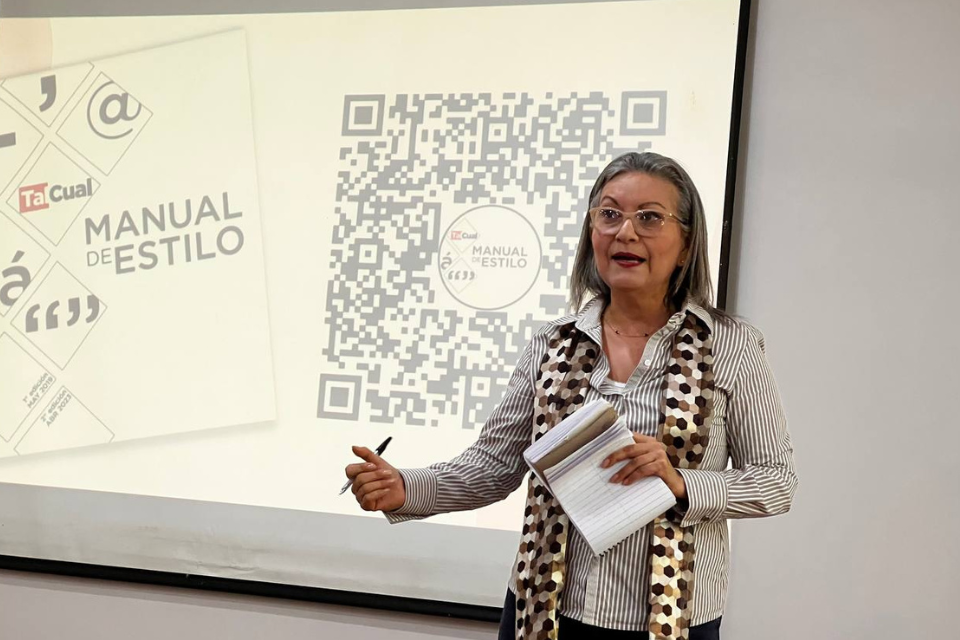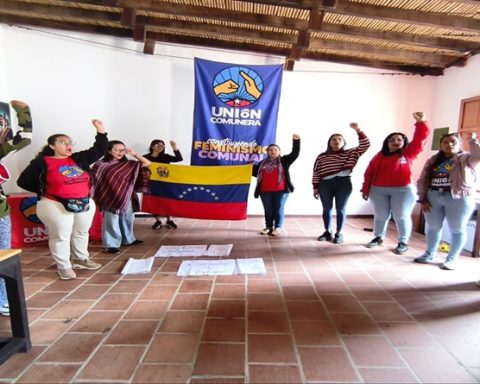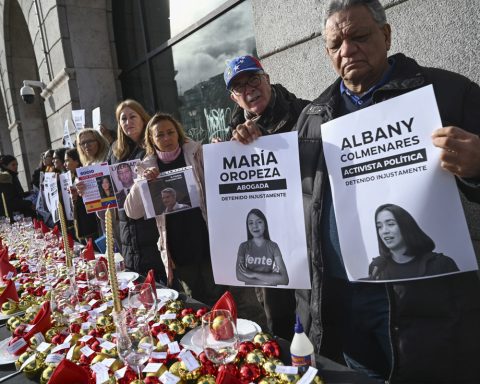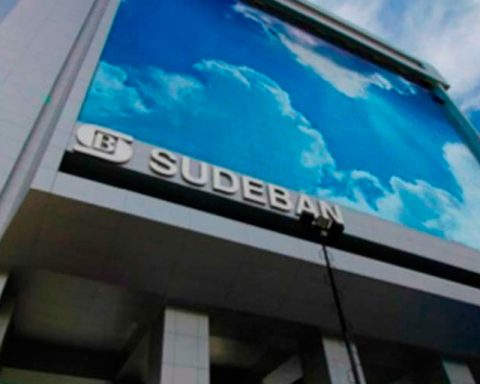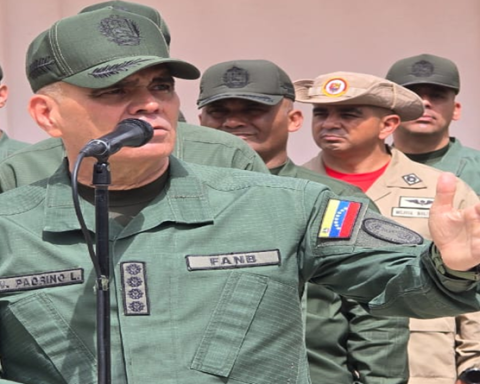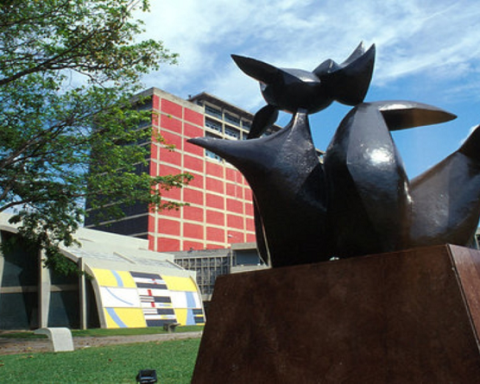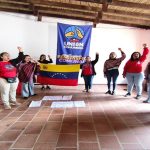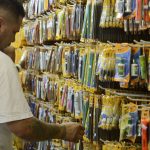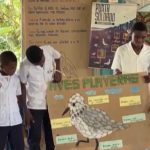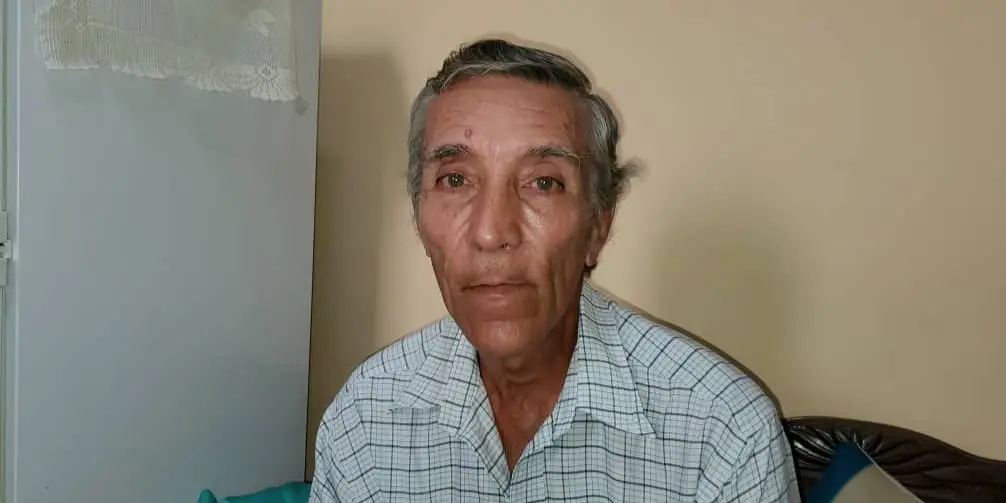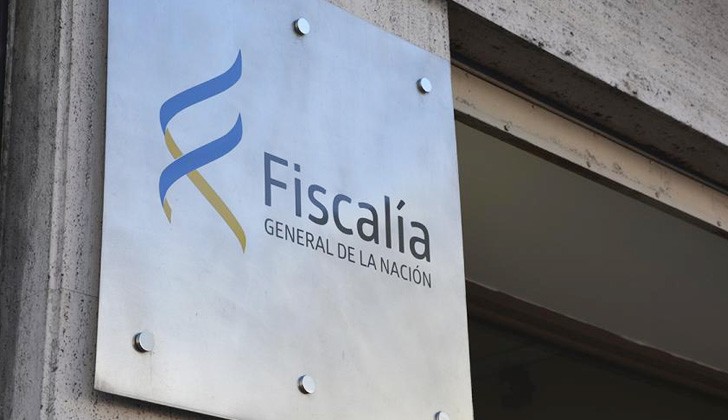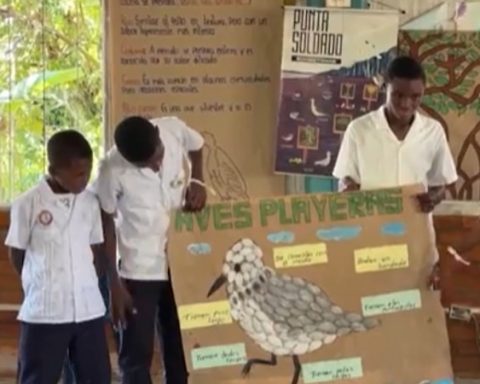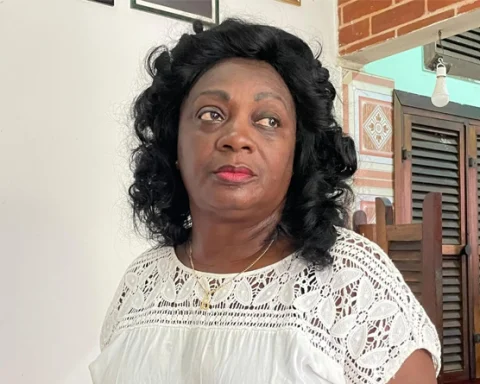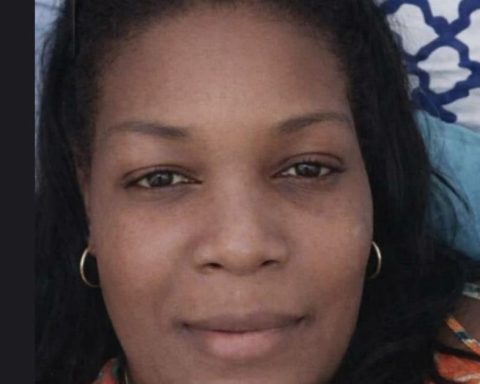As part of the meetings in universities that celebrate the anniversary month of TalCual, the updated version of the Style Manual was presented at the Central University of Venezuela (UCV) in a simple format that can be downloaded using a QR code. During the meeting, the Talcualero team, professors, and journalism students spoke clearly and to the point about the need to reinvent themselves as a kind of “journalistic Darwinism” to remain in an increasingly diminished media ecosystem.
In its anniversary month, the team of SuchWhich continues to hold meetings at universities in Caracas, and this Thursday, April 27, the Central University of Venezuela (UCV) served as the setting to discuss the importance of rethinking the multiple possibilities of the journalistic profession and the need to reinvent itself to remain a window of information in an increasingly diminished media ecosystem.
During the event called Journalism, beyond writing, The opportunity was propitious to present the updated version of the Manual of Style in a simple format that can be downloaded in a QR code, as a reference tool for journalism students and teachers.
The product manager of SuchWhich, Víctor Amaya went through the milestones in which the medium had to adjust to significant changes over these 23 years -some forced by censorship and the economic crisis- and in other cases because it responds to a new configuration of audiences in the news consumption map.
Elvia Gómez, editor-in-chief of SuchWhich, explained the key and differentiating factor of this medium, knowing how to read the political moment, which made it a must-read newspaper in which there was no doubt about the analysis and the direct relationship between democracy and journalism. “The evolution of SuchWhich It is a kind of journalistic Darwinism that has allowed the medium to continue to exist because otherwise it would have disappeared like the long list of communication companies that have disappeared.
Professor Daniel Pabón highlighted in his presentation, before an auditorium full of journalism students and professors, that providing a Manual of Style to the exercise of journalism goes beyond a work tool. “It is a contract between the reader and the medium that shows transparency and respects its editorial principles so that people can understand it, identify it and say ‘this medium speaks like this, in this way’, at that moment a link has been created.”
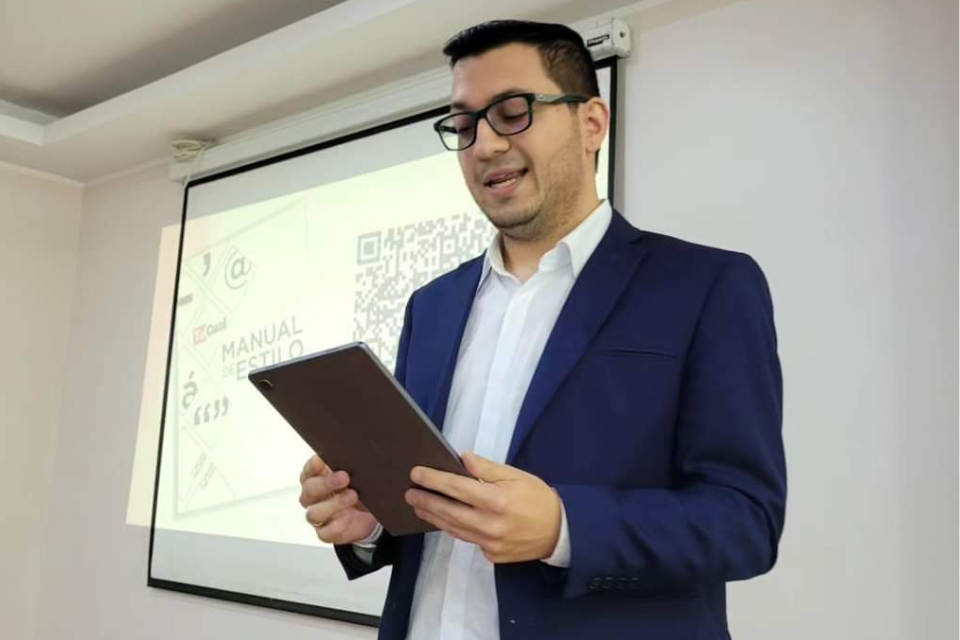
*Read also: Beyond the newsroom: TalCual begins a series of meetings in universities
At the meeting, attendees were able to see a sample of the different formats and platforms developed by the team of SuchWhich to show that the trade requires a diversity of thought, skills and talents. “To do good journalism you need more than journalists,” said Amaya and took the opportunity to present the result of the anniversary edition: 23 Venezuelan ideas that impacted the world in which visibility was given to the great geniuses created in different fields such as music, cinema, gastronomy, science and history.
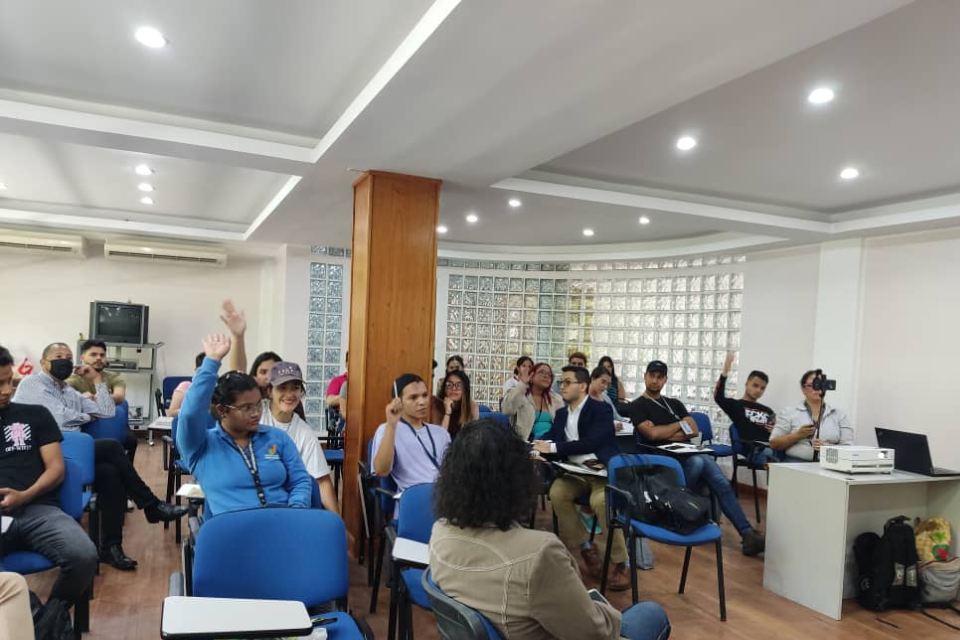
The students had concerns about the possibilities of creating journalistic products that fulfill the social role of having more and more verified information and with responsible criteria; In addition to asking how journalism can link with people in a more direct way to minimize the impact of entertainment platforms, a reality raised in Professor Pabón’s analysis: the increasing trend of audiences that intentionally avoid the news.
This meeting gives continuity to a series of activities within the framework of the anniversary that will last during the month of May and that will later take place at the Andrés Bello Catholic University (UCAB) to promote spaces that allow journalistic experience and academic training to be brought closer to the realities of a social context in which the exercise of the profession requires strengthening and reinventing itself.
Post Views: 67
